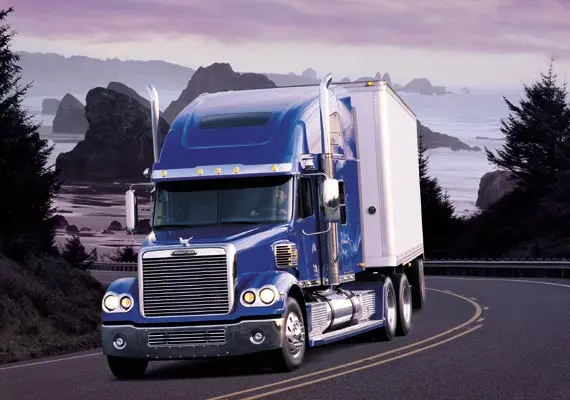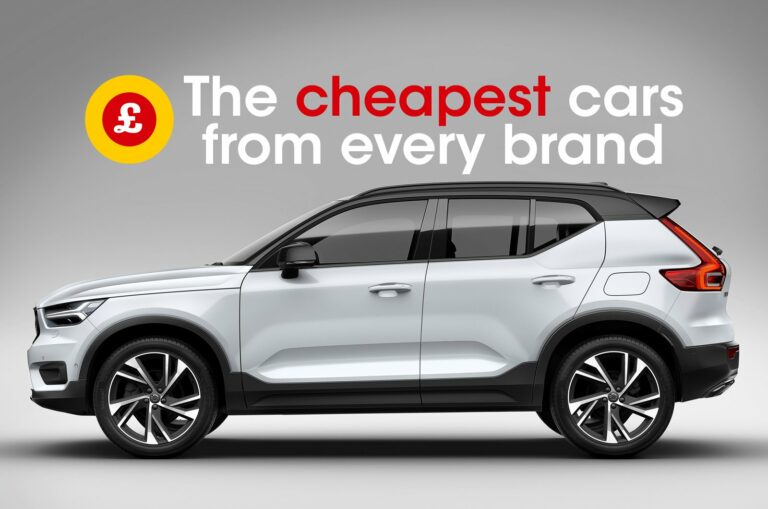Truck: The Backbone of the Modern World
Truck: The Backbone of the Modern World cars.truckstrend.com
From the hum of engines on bustling highways to the quiet efficiency of local deliveries, trucks are ubiquitous, yet their profound impact on our daily lives often goes unnoticed. More than just vehicles, trucks are the indispensable arteries of global commerce, the silent workhorses that connect producers to consumers, raw materials to factories, and communities to essential services. Without them, the intricate web of supply chains would unravel, economies would falter, and modern society as we know it would grind to a halt. This comprehensive guide delves into the multifaceted world of trucks, exploring their types, technology, economic significance, and the evolving landscape of an industry that literally keeps the world moving.
Truck: The Backbone of the Modern World
The Indispensable Role of Trucks
At its core, a truck is a motor vehicle designed for transporting cargo. While this definition seems simple, it belies a complex and diverse family of machines engineered for an astonishing array of tasks. From the moment you wake up, nearly everything you see, touch, or consume has, at some point, been transported by a truck. Food in your refrigerator, clothes in your closet, materials for construction, fuel for your car, packages delivered to your door – all rely heavily on the efficiency and reach of the trucking industry. They are the mobile warehouses, the long-distance messengers, and the heavy lifters that underpin logistics, infrastructure development, and emergency services worldwide.
A Taxonomy of Trucks: From Light-Duty to Heavy Haulers
Trucks come in an astonishing variety of shapes and sizes, each meticulously designed for specific purposes. Understanding these categories is key to appreciating their diverse roles.
1. Light-Duty Trucks
These are often the most familiar, blending utility with personal use.
- Pickup Trucks: Versatile vehicles with an open cargo bed, popular for both personal transport and light commercial work (e.g., construction, landscaping, agriculture). They range from compact to full-size and offer varying towing and payload capacities.
- Vans: Enclosed vehicles primarily used for delivery services, passenger transport (minivans, passenger vans), or as mobile workshops (cargo vans). They offer protection for cargo from the elements and theft.
- SUVs (Sport Utility Vehicles): While many are passenger-focused, some larger, body-on-frame SUVs share truck platforms and offer significant towing and cargo capabilities, bridging the gap between passenger cars and light trucks.
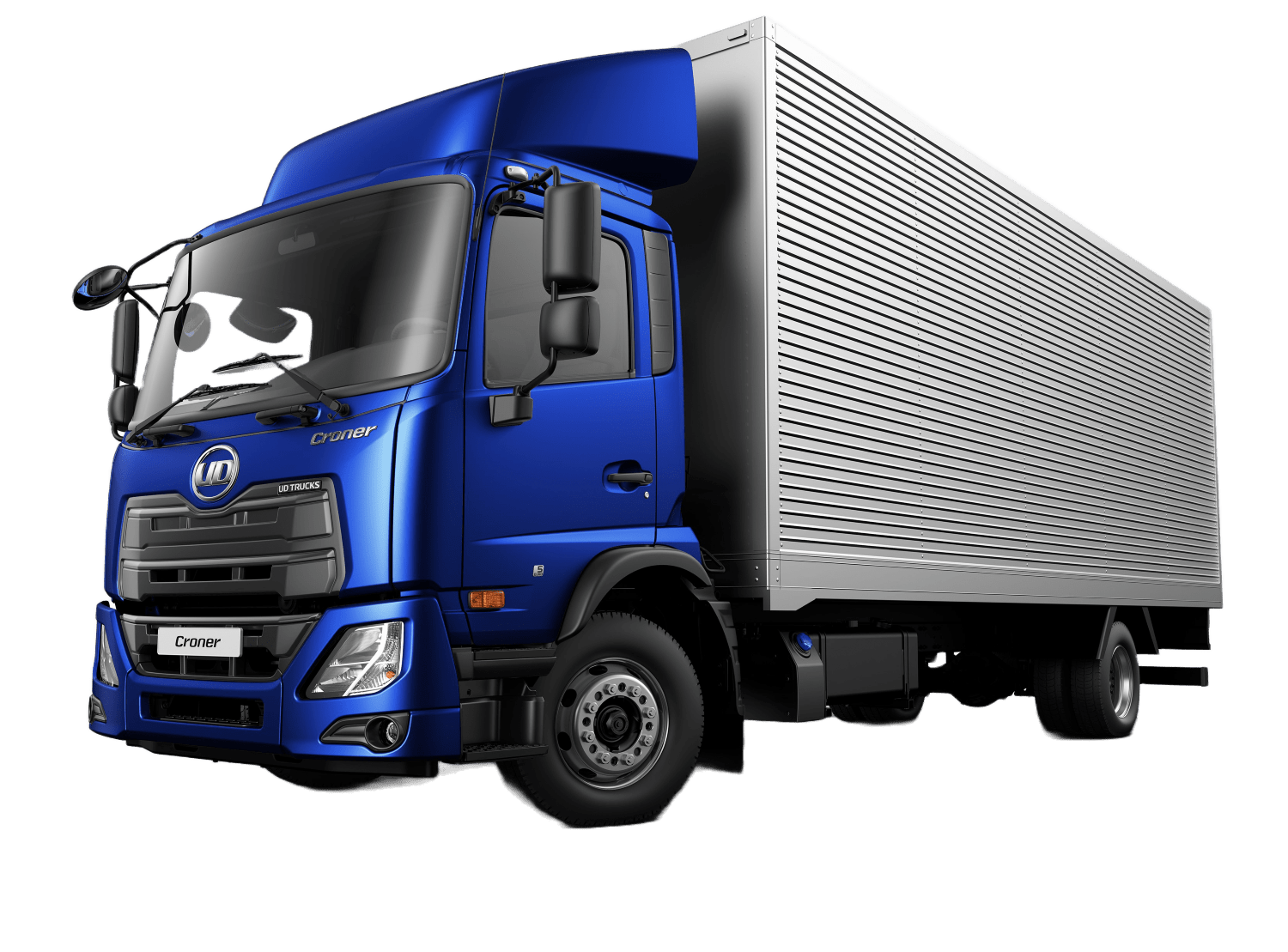
2. Medium-Duty Trucks
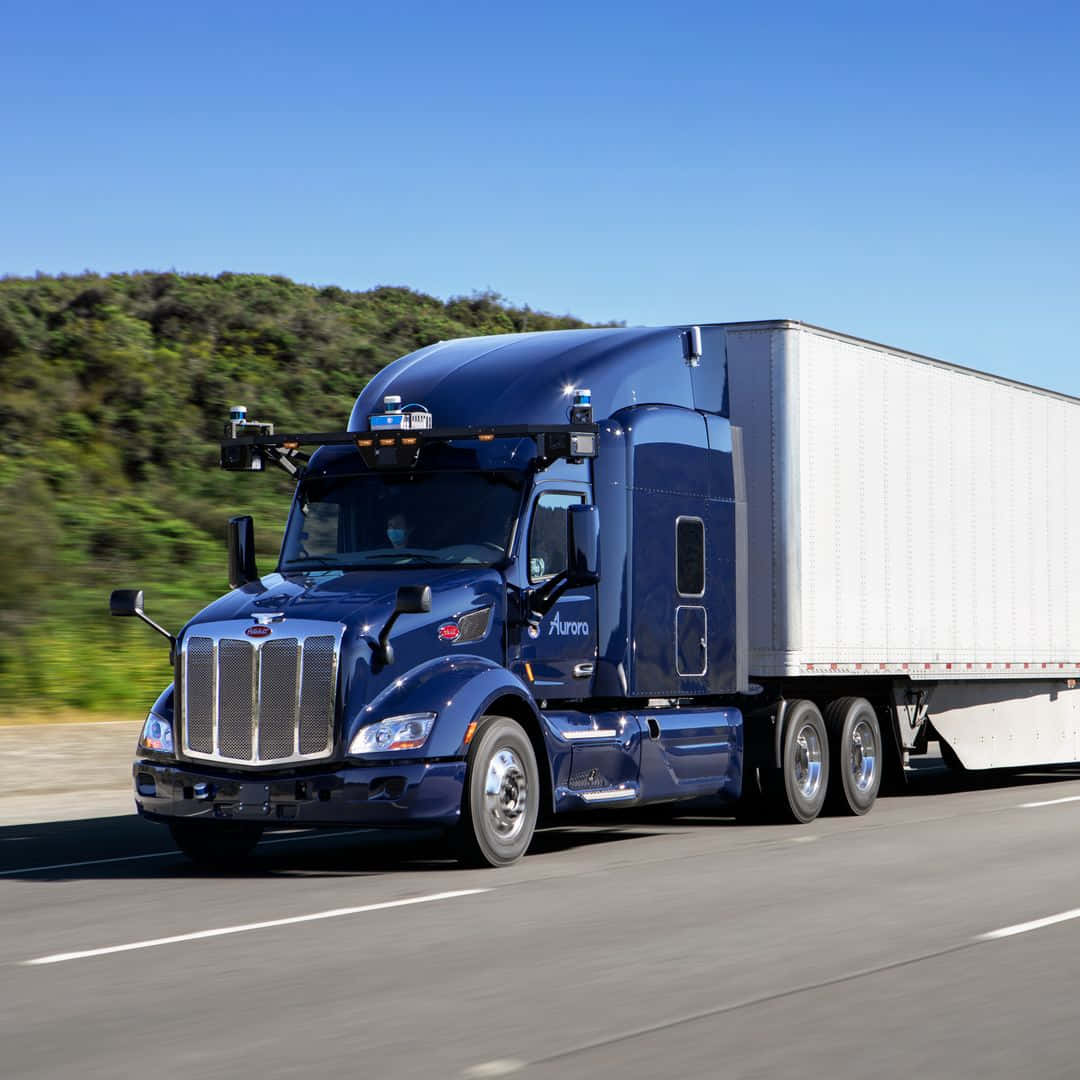
These vehicles form the backbone of local and regional commerce, too large for personal use but smaller than long-haul rigs.
- Box Trucks (Straight Trucks/Cube Vans): Featuring a separate chassis and an enclosed rectangular cargo area, these are common for local deliveries, moving companies, and retail distribution. They don’t require a separate trailer.
- Flatbed Trucks: Open cargo beds allow for easy loading and unloading of oversized or unusually shaped cargo that wouldn’t fit in an enclosed trailer (e.g., construction materials, machinery).
- Stake Body Trucks: Similar to flatbeds but with removable stakes or panels along the sides, offering some cargo containment without full enclosure.
- Refrigerated Trucks (Reefers): Equipped with temperature-controlled units, essential for transporting perishable goods like food, pharmaceuticals, and flowers.
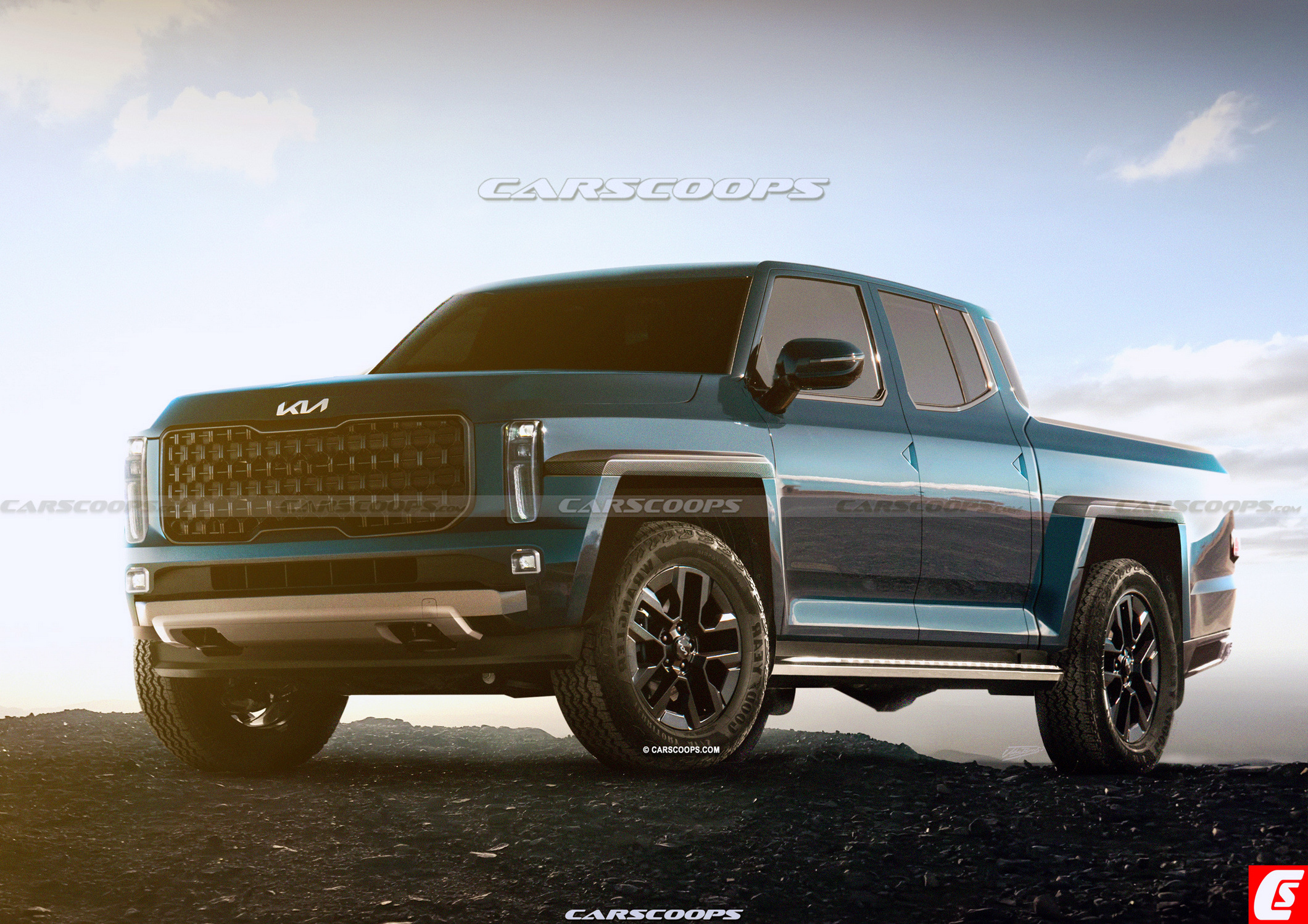
3. Heavy-Duty Trucks
These are the titans of the road, designed for heavy hauling and specialized tasks.
- Semi-Trucks (Tractor-Trailers/18-Wheelers): Comprising a "tractor" (the cab and engine) that pulls a detachable "trailer." This modular design allows for immense flexibility in cargo type and destination. They are the workhorses of long-haul freight transport.
- Types of Trailers: Dry vans, flatbeds, refrigerated trailers, tank trailers, car carriers, dump trailers, logging trailers, etc.
- Dump Trucks: Equipped with an open-box bed that can be raised at the front to "dump" loose material (sand, gravel, dirt, demolition waste). Crucial for construction and mining.
- Concrete Mixer Trucks: Carry and mix concrete on the way to a construction site, ensuring it remains liquid until poured.
- Fire Trucks/Ladder Trucks: Highly specialized emergency vehicles equipped with pumps, water tanks, ladders, and various tools for firefighting and rescue operations.
- Garbage Trucks: Designed to collect and compact refuse from residential and commercial areas.
- Tow Trucks/Wreckers: Used for recovering and transporting disabled or illegally parked vehicles.
- Logging Trucks: Specifically designed to transport felled trees from forests to sawmills.
The Anatomy of a Truck: Power, Structure, and Safety
Despite their varied forms, most trucks share fundamental components that enable their impressive capabilities.
- Chassis (Frame): The robust skeletal structure that supports the entire vehicle, including the engine, cab, and cargo bed/trailer. It’s built for immense strength and durability.
- Engine: The heart of the truck, typically a powerful diesel engine (though gasoline and electric options are growing) designed for high torque and sustained operation over long distances.
- Transmission: Manages the power from the engine to the wheels, optimizing speed and torque for varying loads and terrains. Manual and automatic options exist, with automated manual transmissions (AMTs) gaining popularity in heavy-duty applications.
- Drivetrain: Includes the driveshaft, axles, and differential, which transfer power from the transmission to the wheels. Trucks often feature multiple driven axles for increased traction and load capacity.
- Cab: The enclosed compartment where the driver operates the vehicle. Heavy-duty trucks often feature spacious "sleeper cabs" for drivers on long hauls, complete with beds, refrigerators, and other amenities.
- Braking Systems: Crucial for safety, trucks employ powerful air brakes or hydraulic systems, often supplemented by engine brakes (jake brakes) or exhaust brakes to assist in slowing down, especially with heavy loads.
- Suspension: Designed to handle heavy loads while providing a stable and relatively comfortable ride, often using leaf springs, air springs, or a combination.
Driving a Truck: A Profession and a Lifestyle
Trucking is more than just a job; it’s a demanding profession that requires skill, endurance, and a deep understanding of regulations. Truck drivers are the unsung heroes of the supply chain, often spending weeks away from home, navigating diverse terrains and weather conditions.
- Commercial Driver’s License (CDL): Operating medium and heavy-duty trucks requires a specialized CDL, which involves rigorous testing on driving skills, vehicle inspection, and knowledge of federal regulations.
- Hours of Service (HOS) Regulations: Strict rules govern how long drivers can operate to prevent fatigue, ensuring road safety. Electronic Logging Devices (ELDs) are now mandatory in many regions to track HOS.
- Challenges: Long periods away from family, tight schedules, traffic congestion, parking shortages, and the physical demands of loading/unloading can be significant.
- Rewards: The satisfaction of delivering essential goods, the independence of being on the road, competitive pay, and the opportunity to see diverse landscapes.
Technological Advancements in Trucking
The trucking industry is embracing innovation to enhance safety, efficiency, and sustainability.
- Safety Features: Advanced Driver-Assistance Systems (ADAS) like automatic emergency braking, lane departure warning, blind-spot monitoring, and adaptive cruise control are becoming standard, significantly reducing accident rates.
- Fuel Efficiency: Aerodynamic designs, lightweight materials, improved engine technologies, and intelligent routing software are continuously reducing fuel consumption and emissions.
- Telematics and Connectivity: GPS tracking, fleet management systems, and real-time data analytics optimize routes, monitor driver performance, and predict maintenance needs, leading to greater operational efficiency.
- Alternative Fuels and Electrification: The push towards sustainability is driving the development of natural gas trucks, hydrogen fuel cell trucks, and, most notably, battery-electric trucks (EV trucks) for both local and long-haul applications, promising zero tailpipe emissions.
- Autonomous Driving: While still in development, self-driving truck technology holds the potential to revolutionize long-haul trucking by improving safety and efficiency, particularly on highway stretches.
Buying a Truck: Important Considerations
Whether for personal use, a small business, or a large fleet, purchasing a truck requires careful planning.
- Define Your Purpose: What will the truck primarily be used for? Towing, hauling, delivery, off-roading, daily commute? This dictates the type, size, and features you need.
- New vs. Used: New trucks offer the latest technology, warranties, and customization, but come at a higher price. Used trucks can be more budget-friendly but require thorough inspection and potentially more maintenance.
- Budget: Factor in not just the purchase price, but also fuel costs, insurance, maintenance, and potential modifications.
- Payload and Towing Capacity: Ensure the truck can safely handle the weight of the cargo or trailer you intend to move. Overloading is dangerous and illegal.
- Engine Type: Gasoline engines are common in light-duty trucks, while diesel engines dominate medium and heavy-duty segments due to their torque and fuel efficiency for heavy loads. Electric trucks are emerging as a viable alternative.
- Features and Technology: Consider infotainment, safety features, specialized towing packages, bed liners, and interior comfort.
- Reliability and Resale Value: Research brand reputation and typical maintenance issues.
Maintenance and Care: Keeping Your Truck on the Road
Regular maintenance is paramount for ensuring a truck’s longevity, reliability, and safe operation, especially for commercial vehicles.
- Routine Inspections: Daily pre-trip and post-trip inspections are mandatory for commercial drivers, checking tires, lights, brakes, fluids, and overall condition.
- Fluid Checks and Changes: Engine oil, transmission fluid, coolant, brake fluid, and differential fluid need regular monitoring and scheduled changes.
- Tire Care: Proper inflation, rotation, and alignment are crucial for fuel efficiency, tire lifespan, and safety, preventing blowouts.
- Brake System Maintenance: Regular inspection and replacement of brake pads, shoes, drums, and rotors are critical for stopping power.
- Filter Replacements: Air, fuel, and oil filters should be replaced according to manufacturer recommendations to maintain engine performance and longevity.
- Preventative Maintenance: Adhering to the manufacturer’s service schedule is key to catching potential issues before they become costly breakdowns.
Truck Price Guide (Illustrative Estimates)
Truck prices vary significantly based on brand, model, features, new vs. used condition, and regional market dynamics. The table below provides general ranges for typical configurations and should be used as a guideline only. Prices can be much higher for highly customized or specialized heavy-duty vehicles.
| Truck Type | Typical Use | New Price Range (USD) | Used Price Range (USD) | Key Features/Notes |
|---|---|---|---|---|
| Light-Duty | ||||
| Pickup Truck (Half-Ton) | Personal use, light hauling, towing small trailers | $30,000 – $70,000+ | $15,000 – $45,000 | Versatile, comfortable, various cab/bed configs. |
| Cargo Van | Local deliveries, mobile workshops, small business | $35,000 – $60,000+ | $15,000 – $35,000 | Enclosed cargo, customizable interiors. |
| Medium-Duty | ||||
| Box Truck (Class 4-6) | Local/regional delivery, moving, retail distribution | $60,000 – $120,000+ | $25,000 – $70,000 | Enclosed cargo box, various lengths/heights. |
| Flatbed Truck (Class 4-6) | Construction, equipment transport, general freight | $70,000 – $130,000+ | $30,000 – $80,000 | Open bed, easy loading for oversized items. |
| Heavy-Duty | ||||
| Semi-Truck (Tractor) | Long-haul freight, pulling various trailers | $120,000 – $200,000+ | $40,000 – $150,000 | Cab only, price depends on engine, sleeper size, features. |
| Dump Truck | Construction, aggregate transport | $150,000 – $300,000+ | $50,000 – $180,000 | Heavy-duty chassis, hydraulic dump bed. |
| Specialty Trucks (Fire, Concrete Mixer, etc.) | Highly specific industrial/municipal tasks | $250,000 – $800,000+ (or more) | $80,000 – $400,000+ | Custom-built, complex equipment, very high specialized cost. |
| Electric Trucks | ||||
| Light/Medium-Duty EV | Urban delivery, last-mile logistics | $80,000 – $150,000+ | Limited used market | Lower operating costs, range limitations, charging infrastructure. |
| Heavy-Duty EV (Tractor) | Regional/Long-haul (emerging) | $300,000 – $500,000+ | Limited used market | High upfront cost, rapidly evolving technology. |
Disclaimer: These are general estimates for typical models. Prices can fluctuate based on market demand, economic conditions, specific configurations, and optional features. Always consult dealerships or reputable sellers for current and accurate pricing.
Frequently Asked Questions (FAQ)
Q1: What is a CDL and who needs one?
A1: A Commercial Driver’s License (CDL) is a special driver’s license required to operate large, heavy, or placarded hazardous material vehicles in commerce. In the U.S., it’s typically needed for vehicles with a Gross Vehicle Weight Rating (GVWR) of 26,001 pounds or more, or those designed to transport 16 or more passengers.
Q2: How often do commercial trucks need maintenance?
A2: Commercial trucks require frequent maintenance due to their heavy usage. Daily pre-trip inspections are mandatory. Beyond that, oil changes and routine service are often scheduled every 10,000 to 25,000 miles, with major inspections and preventative maintenance occurring at higher mileage intervals (e.g., every 50,000 to 100,000 miles) or annually, depending on the manufacturer and type of operation.
Q3: What are ELDs and why are they used?
A3: ELD stands for Electronic Logging Device. It’s a device that automatically records a driver’s Hours of Service (HOS) to ensure compliance with federal regulations designed to prevent driver fatigue. They replaced traditional paper logbooks, improving accuracy and reducing paperwork.
Q4: Are electric trucks a viable option for long-haul trucking yet?
A4: Electric trucks are rapidly becoming viable for shorter-haul and regional routes due to improving battery technology and charging infrastructure. For long-haul, while models like the Tesla Semi are in production, widespread adoption faces challenges related to range anxiety, charging time, and the availability of high-power charging stations along major freight corridors. However, significant investments are being made to overcome these hurdles.
Q5: What’s the difference between a "semi-truck" and a "tractor-trailer"?
A5: These terms are often used interchangeably, but "semi-truck" or "tractor" refers specifically to the front power unit (the cab and engine) that pulls the trailer. A "tractor-trailer" refers to the complete combination of the tractor and its attached trailer, which together form an "18-wheeler" or "big rig."
Conclusion: The Evolving Future of Trucking
Trucks are far more than mere machines; they are the gears in the engine of global progress, tirelessly working to deliver the goods and services that define our modern existence. From humble pickups serving local communities to the colossal semi-trucks traversing continents, their diversity is matched only by their indispensable value. As technology advances, we will see trucks become safer, more efficient, and increasingly sustainable, driven by innovations in automation, electrification, and connectivity. The trucking industry is a dynamic landscape, constantly adapting to meet the demands of an ever-changing world, ensuring that the wheels of commerce, quite literally, keep turning. The future of trucking promises not only to continue its vital role but to do so with even greater intelligence, responsibility, and impact.
